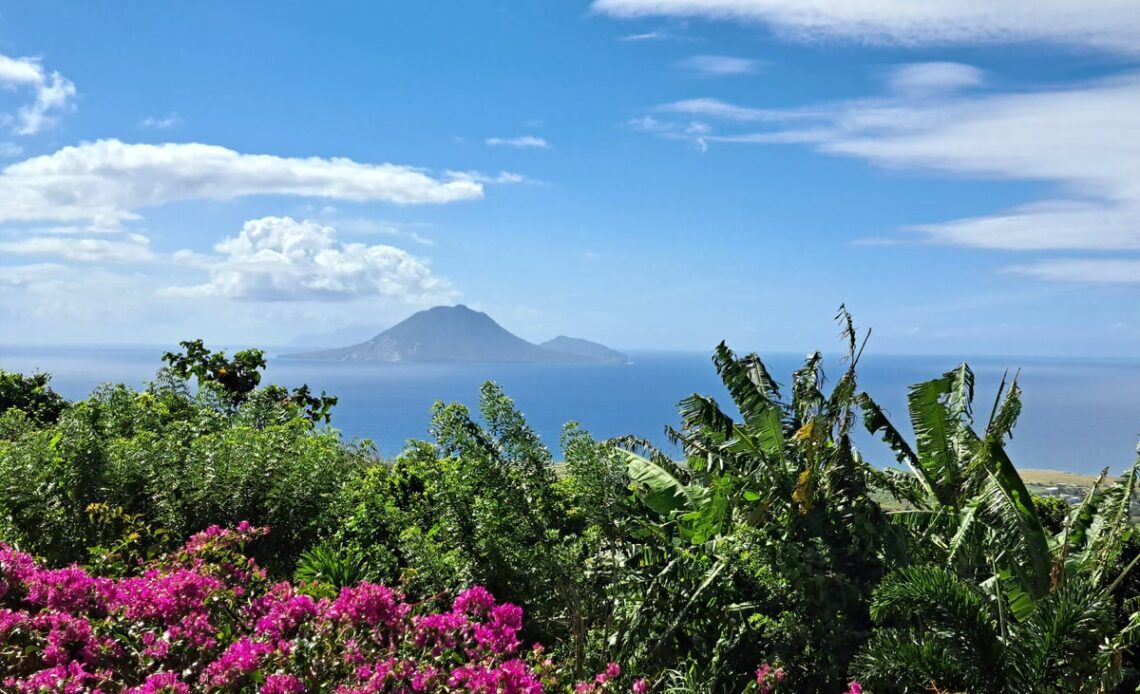Not every day begins with a hike up a dormant volcano. With dry leaves rustling underfoot on a trail stitched together by twisted roots, I marched up the forested slopes of The Quill towards its caldera.
Cinnamon trees scented the air as we passed, songbirds and doves tweeted and cooed. Arriving at the crater, we peered into its jungle-filled basin, deep and primeval, where I wouldn’t have been surprised to stumble upon dinosaurs. Onwards, and a final push saw us emerge at the highest point on Sint Eustatius.
From this lofty perch, the neighbouring isles of Sint Maarten, Saba and St Barth’s dot the sea, while directly below are the rooftops of Oranjestad, this island’s only town. At little more than 11 square miles, we could pretty much see all of Sint Eustatius; or Statia, as it’s known locally.
Not familiar with either name? You wouldn’t be alone. Beyond the Netherlands (of which this is a special municipality) and the Caribbean region itself, Statia has a peculiarly low profile. That’s partly because, until late last year, it wasn’t convenient to reach from Britain, with travellers having to take indirect flights to Sint Maarten, then onward connections. But thanks to new ferry services from adjacent (and much easier to reach) St Kitts, Statia now finds itself handily placed for hassle-free island-hopping.
Read more on Caribbean travel:
The Quill last erupted over 1,600 years ago, according to the Smithsonian Institution
(James Litston)
After spending a few chilled-out days in St Kitts checking out its extensive beach bar scene, Oranjestad felt ramshackle and sleepy as I stepped off the ferry: but therein lies its charm. With no port for cruise ships, and no mass-market hotels, Statia resembles the Caribbean of several decades ago. And although locals take pride in their island’s under-the-radar status, Sint Eustatius wasn’t always so quiet.
When I made it down from The Quill (whose name, a corruption of the Dutch word “kuil”, references the “pit” of the volcano’s crater), I popped into the local museum and found a surprising history – one at odds with the island as it is today.
“The Dutch colonised Statia in 1636,” I was told by museum guide, Misha Spanner, as we pondered old paintings and artifacts. “By the 18th century, it had grown into one of the world’s busiest trading ports, shifting textiles,…
Click Here to Read the Full Original Article at The Independent Travel…
